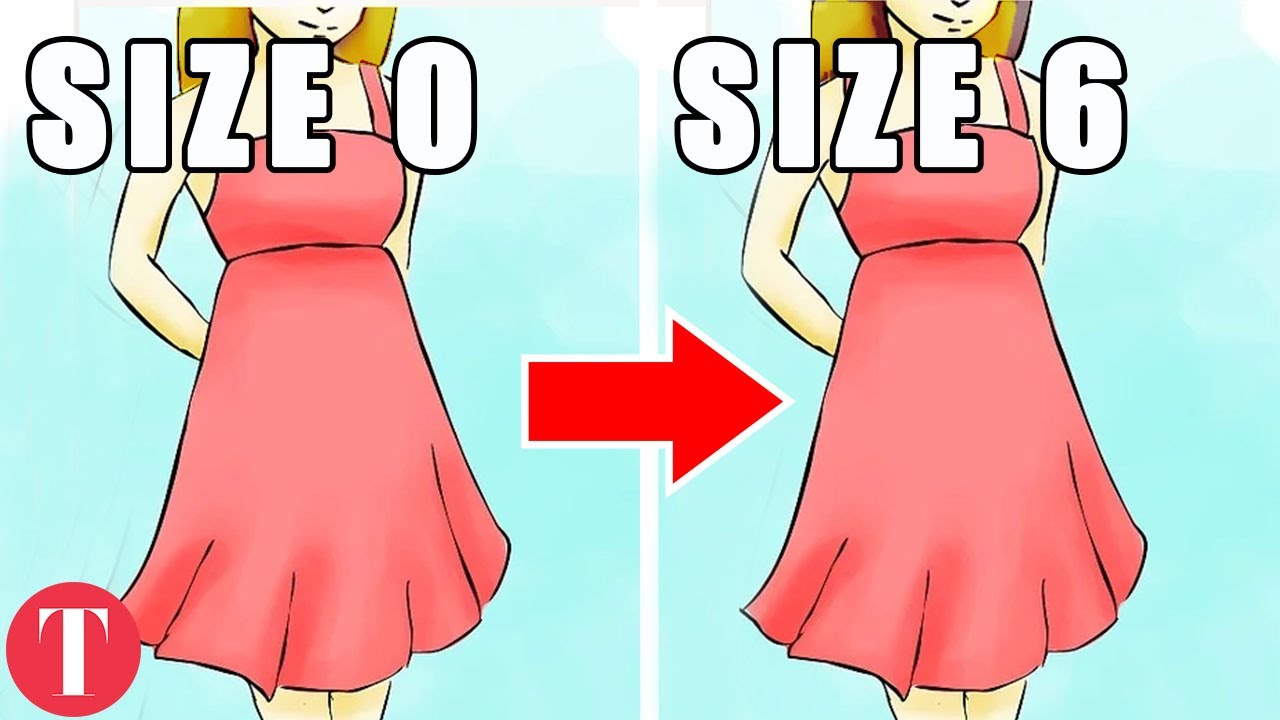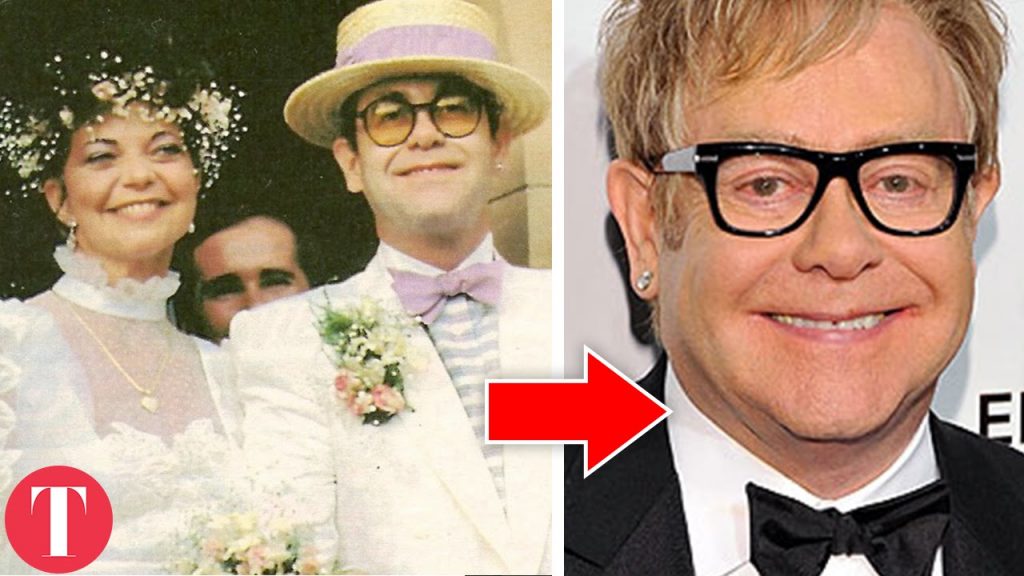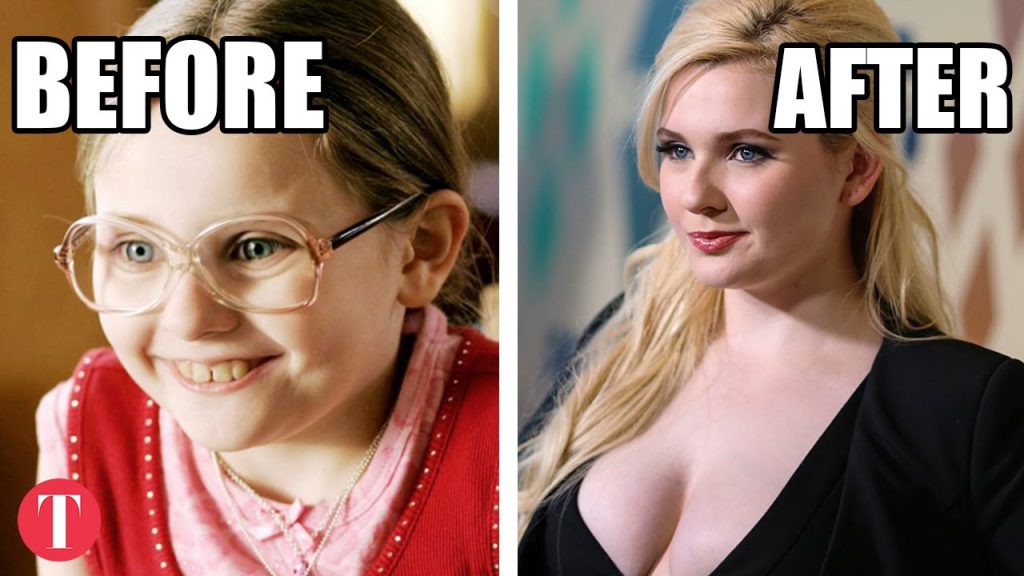10 Things Fashion Retailers DON’T Want You To Know

10 Important things you should know about the retail industry.
There is something that influences us every day, and you might not even be paying attention. That would be the fashion industry. There is a supply and demand for the latest trends, and it has an effect on not only us but also the rest of the world. From what we see in the magazines to how our clothing is made, these are ten things fashion designers don’t want you to know.
Have you noticed that the same brands always seem to pop up in your favorite fashion magazines? That may have something to do with designer gifting. This is a well-known fact in the industry, but many consumers don’t know that labels are pulling favors from bloggers and magazine editors by giving them freebies. This used to be just designer goods, but now it is so much more.
What are some tactics that retailers use to make it appear that their products are on sale when they actually aren’t?
Fashion retailers are known for their glossy storefronts, alluring advertisements, and seemingly endless racks of stylish clothing. But beneath the glitz and glamour, there are things that many retailers don’t want you to know. Here are 10 things that fashion retailers are keeping under wraps.
1. Retailers Markup Prices Significantly
One of the most common secrets in the fashion industry is the markup of prices. Retailers often mark up the prices of their products by significant amounts. This means that you’re paying far more for the clothing than the actual cost of production.
2. Brands Often Manufacture the Same Product for Different Retailers
Retailers themselves don’t always manufacture the clothes they sell. Instead, they often buy from the same brands that manufacture clothes for other retailers. So, the same product may be sold in different stores with slight variations in price and design.
3. “Deals” Are Not Always Deals
Many retailers advertise “deals” and “sales.” However, these deals aren’t always as good as they seem. Often, retailers will increase the price of a product before advertising a discount to make it appear like a better deal.
4. The Fast Fashion Industry is Highly Wasteful
The fast fashion industry is notorious for producing clothes that are quickly out of style and easy to dispose of. This has led to a culture of waste and environmental degradation. Consumers need to understand that the fast fashion industry is highly wasteful.
5. Many Retailers Sell Clothes Made in Sweatshops
Unfortunately, many retailers still use sweatshops to manufacture their clothing. Sweatshops are known for their inhumane working conditions, including long hours, inadequate pay, and unsafe working environments. Consumers need to be aware of this when considering where to buy new clothes.
6. Fitting Rooms Can Be Used to Monitor Customer Behavior
Many fitting rooms are fitted with cameras, microphones, and other monitoring devices. Retailers use this to monitor customer behavior and assess their shopping habits. This can be an invasion of privacy.
7. Clothes May Be “Final Sale” for a Reason
Some retailers only offer “final sale” items that cannot be returned. This could be because the clothes are damaged, irregular, or out of season. It is important to be aware that when buying “final sale” items, one may be taking a risk.
8. Clothes are Often Treated with Harmful Chemicals
It is a common practice for clothing manufacturers to treat clothes with chemicals to give it a certain look or feel. However, some of these chemicals can be harmful to human health. Consumers need to be aware of this to make better purchasing decisions.
9. Retailers Make More Money From Credit Cards than Clothing Sales
Many retailers earn more money through their credit card programs than through clothing sales. Retailers often make huge profits through credit card interest rates, so be cautious when applying for a store credit card.
10. Retailers Use Marketing Tactics to Trick You into Spending More
One of the most important things to remember is that retailers use marketing tactics to trick consumers into spending more money. This can take many forms, from placing high-priced items at eye-level to using flashy advertisements to create an atmosphere of urgency.
In conclusion, understanding these 10 secrets can help you make smarter purchasing decisions and be a more informed consumer. It is important to remember that fashion retail is a multi-billion dollar industry, and it is built on the premise of making profits. By being aware of these practices, you can be a more savvy and conscientious shopper.









10 New Beauty Products You Didn’t Know Existed!
Jennifer Lawrence Confirms What We Suspected All Along About Leonardo DiCaprio’s On-Set Behavior
The Truth About Christina Haack Revealed
Stars You Didn’t Know Were Pansexual
Quentin Tarantino on New Movie with Leonardo DiCaprio, Brad Pitt & Margot Robbie